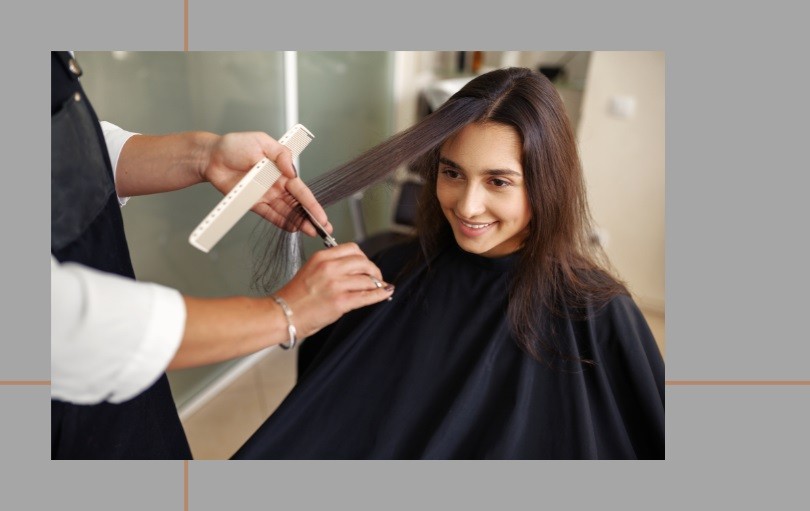Last Updated on March 28, 2025
Hair analysis is an effective method to evaluate one’s health by examining the minerals, heavy metals, and other elements present in the hair. To obtain accurate results, it is crucial to follow the right technique for cutting the hair samples. This article will guide you through the process, ensuring you receive precise and reliable hair analysis results.
Tools Required for Cutting Hair
Before diving into the actual process, it is essential to gather the appropriate tools for cutting hair samples. The necessary items include:
- Clean, sharp stainless steel scissors
- A comb with fine teeth
- A clean paper towel or tissue
- A small plastic bag or a hair sample envelope
Step-by-Step Guide to Cut Hair for Hair Analysis
Follow the steps outlined below to cut hair samples for accurate hair analysis:
1. Prepare the Hair
Start by washing your hair with a shampoo free of silicones, oils, and conditioners at least 24 hours before cutting the samples. Avoid using hair treatments, hair sprays, or other styling products as these can interfere with the results.
2. Choose the Right Location
Select a clean, well-lit area for cutting hair samples. Ensure that the surface is free of dust, hair strands, and any contaminants that might mix with your sample.
3. Comb Your Hair
Using a fine-toothed comb, gently detangle your hair to make cutting easier and more precise. This step is crucial, especially for those with long or curly hair.
4. Cut the Hair Sample
Choose a section of hair close to the scalp, preferably from the nape of the neck or behind the ears. Hold the hair between your index and middle fingers, and cut the hair as close to the scalp as possible. The sample should be around 1-2 inches long and weigh approximately 125 milligrams (0.0044 ounces). If you have shorter hair, collect samples from multiple locations to achieve the required weight.
5. Secure the Hair Sample
Place the hair sample on a clean paper towel or tissue, with the root ends aligned. Fold the paper towel or tissue over the hair, securing it in place.
6. Label the Sample
Use a small plastic bag or a hair sample envelope to store the hair sample. Be sure to label the bag or envelope with your name, date of birth, and the date the sample was taken.
Tips for Ensuring Accurate Hair Analysis

To ensure accurate results from your hair analysis, keep the following tips in mind:
- Do not use colored or chemically treated hair samples.
- Avoid cutting hair from the ends, as this can result in less accurate results.
- Make sure your scissors are sharp and clean to prevent contamination.
- Use a fine-toothed comb to prevent hair breakage and ensure precise cutting.
- Follow the guidelines provided by your hair analysis laboratory or practitioner.
How much hair do you need for hair analysis?
Hair analysis is a common tool used in many scientific disciplines to determine the elemental composition of a sample. The most common use of hair analysis is in forensic science, where it can be used to identify individuals from a sample of hair found at a crime scene. In order to accurately analyze a sample of hair, a minimum of 10-20 individual hairs are required.
The sample can be collected from a variety of sources, such as a hairbrush, vacuum cleaner, or clothing. Once the sample has been collected, it is sent to a laboratory for analysis. There are a variety of methods used to analyze hair samples, but the most common is inductively coupled plasma mass spectrometry (ICP-MS).
This method can identify over 70 different elements in a sample of hair. The results of the analysis can be used to determine the elemental composition of the hair, which can be used to identify the individual from whom the sample was collected.
Conclusion: Proper Hair Cutting for Optimal Hair Analysis Results
By following the instructions and tips outlined in this article, you can cut hair samples accurately and efficiently, ensuring reliable and precise hair analysis results. Proper hair-cutting techniques and the use of clean, sharp tools can make all the difference in obtaining valuable information about your health and well-being.

